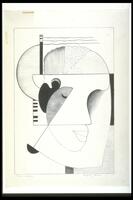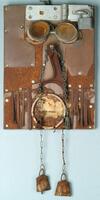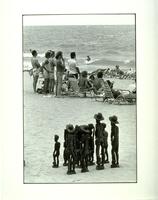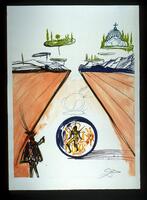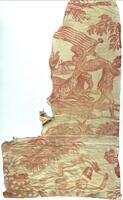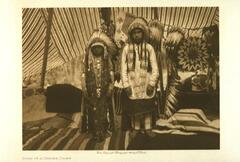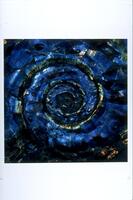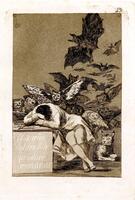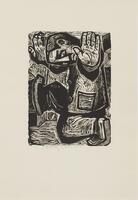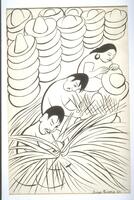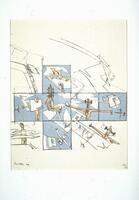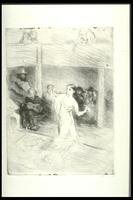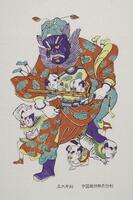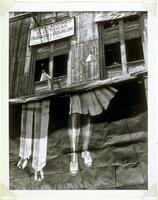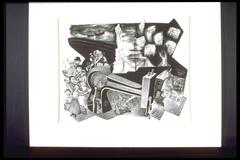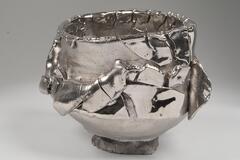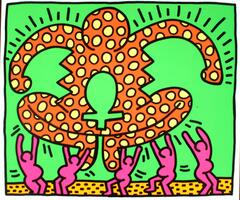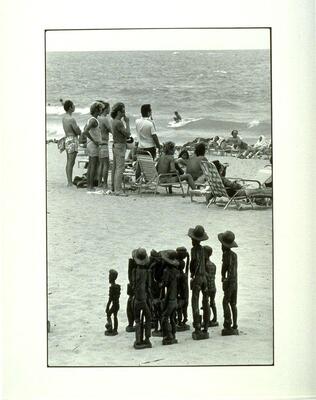ACTIVITY : CARIBBEAN FOLKLORE: SPIRITS, MAGIC, AND RESISTANCE
W20 Khan : AAS 495
PART ONE: Look through the Exchange Resource
Take a few minutes and look through the Exchange resource for your course (this will open a new window) https://exchange.umma.umich.edu/resources/28026
Below are some questions to consider when looking through the Resource:
As you look, consider:
- What works are you particularly drawn to? What about them intrigues you?
- Consider three works that drew your attention. How do you think they were made?
- What feeling, mood, or thought do the works evoke for you?
- Can you draw a comparison between what you have read or discussed in class to what you see in these works? What do they make you think of from class?
Visual artists use formal elements such as line, color, texture, and space to create and convey meaning:
- Pick out one of the pieces that you focused on above.
- Look at the form of the piece- how would you describe the colors?
- What words capture the quality of line in this work?
- What role does surface texture play, if any?
- How is space depicted?
- Does the title of the work provide helpful information for this discussion?
1. Discuss as a group what you notice about this selection of art as a whole.
2. Which work of art or artist is your favorite? Why?
PART TWO: Deeper Dive
Take a moment and take a closer look at Elliot Erwitt's People and Statues on the Beach
1. What do you notice about this photograph (What do you see? Nothing is too obvious)
2. Who are the two different groups of people?
3. How are these two groups portrayed? What effect does that have on you as the viewer?
4. How do you see the effect of colonialism in this image?
5. How might we use the lens of folklore and the literary device of magical realism to construct the meaning of this image?
Now compare that photograph to this early 17th-century drawing of an Allegorical Representation of 'America' Feel free to also read through the Object Record (click the link above).
1. What do you see in this drawing? Try to be as detailed as possible, there is a detailed piece!
2. What strikes you as strange about this drawing? (remember, this is supposed to be a drawing of America)
3. What fantastical imagery do you see here?
4. What does this tell us about what 17th-century Europeans' thought about the 'New Land'?
5. Compare this image to Erwitt's photograph. What parallels do you notice?
Connecting to course material.
1. Choose two images in the set that strike you as the most relevant to your class.
2. For each of them, consider what themes, questions, or other sources from the class that the image brings to mind for you. Indicate in detail what you see in the image that relates to these aspects of the course.
Part of 1 Learning Collection
<p><span style="font-size: 14px;">Teaching Guide</s...
<p><br></p>W20 / W 21 Andre - AAS 201
<p><span style="font-size: 14px;">W20 RAMIREZ - CAT...
<p><span style="font-size: 14px;">Originally used f...
<p><i>Oh, honey... A Queer Reading of the Collectio...
Created For
K-12 EducatorK-12 Student
Museum Visitor
UMMA Docent
UMMA Staff
University Faculty
University Student
Rate this Resource
AVG: 0 | Ratings: 0
& Author Notes
Creative Commons by-nc-saLast Updated
March 31, 2020 11:23 a.m.Report
Reporting Policy

